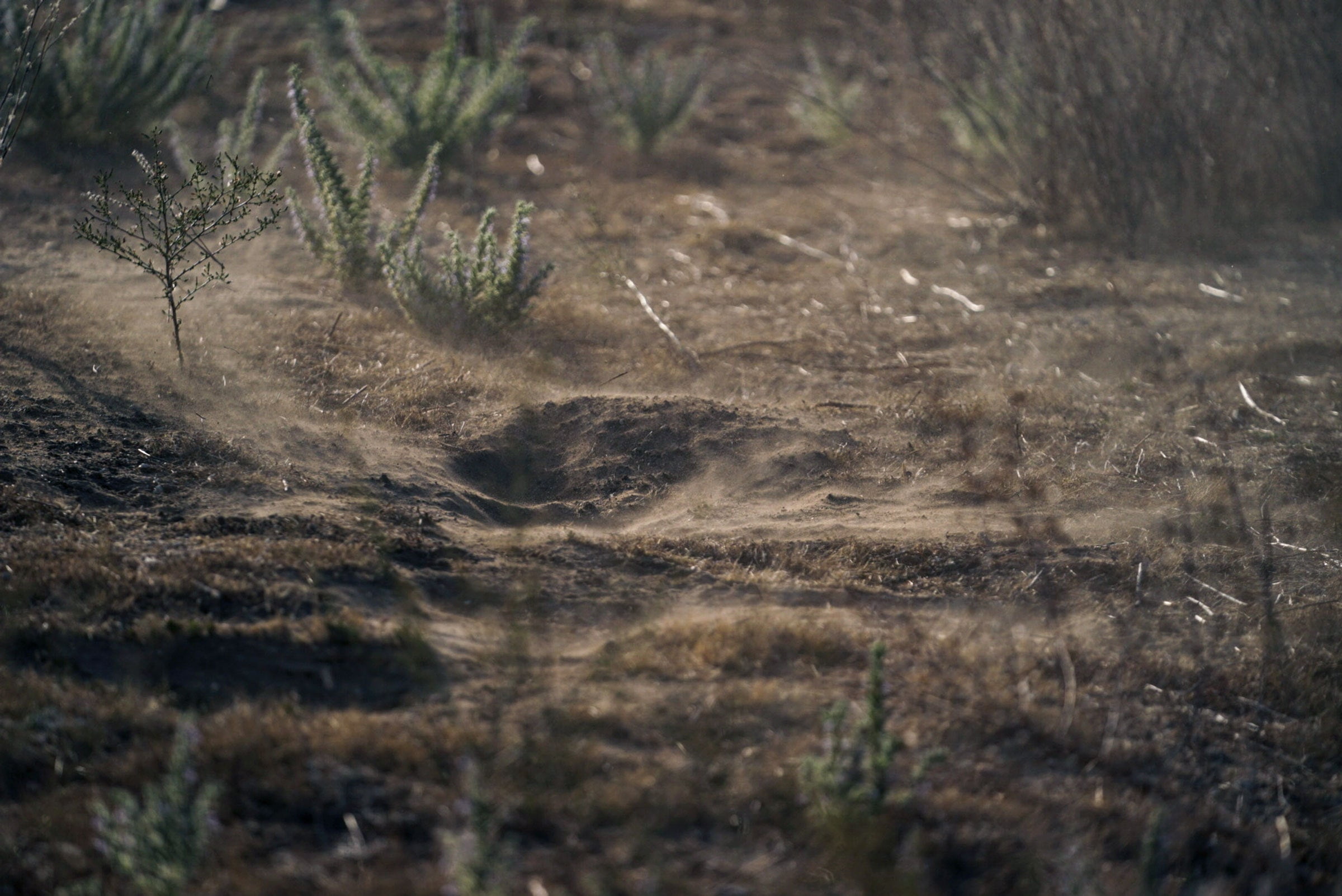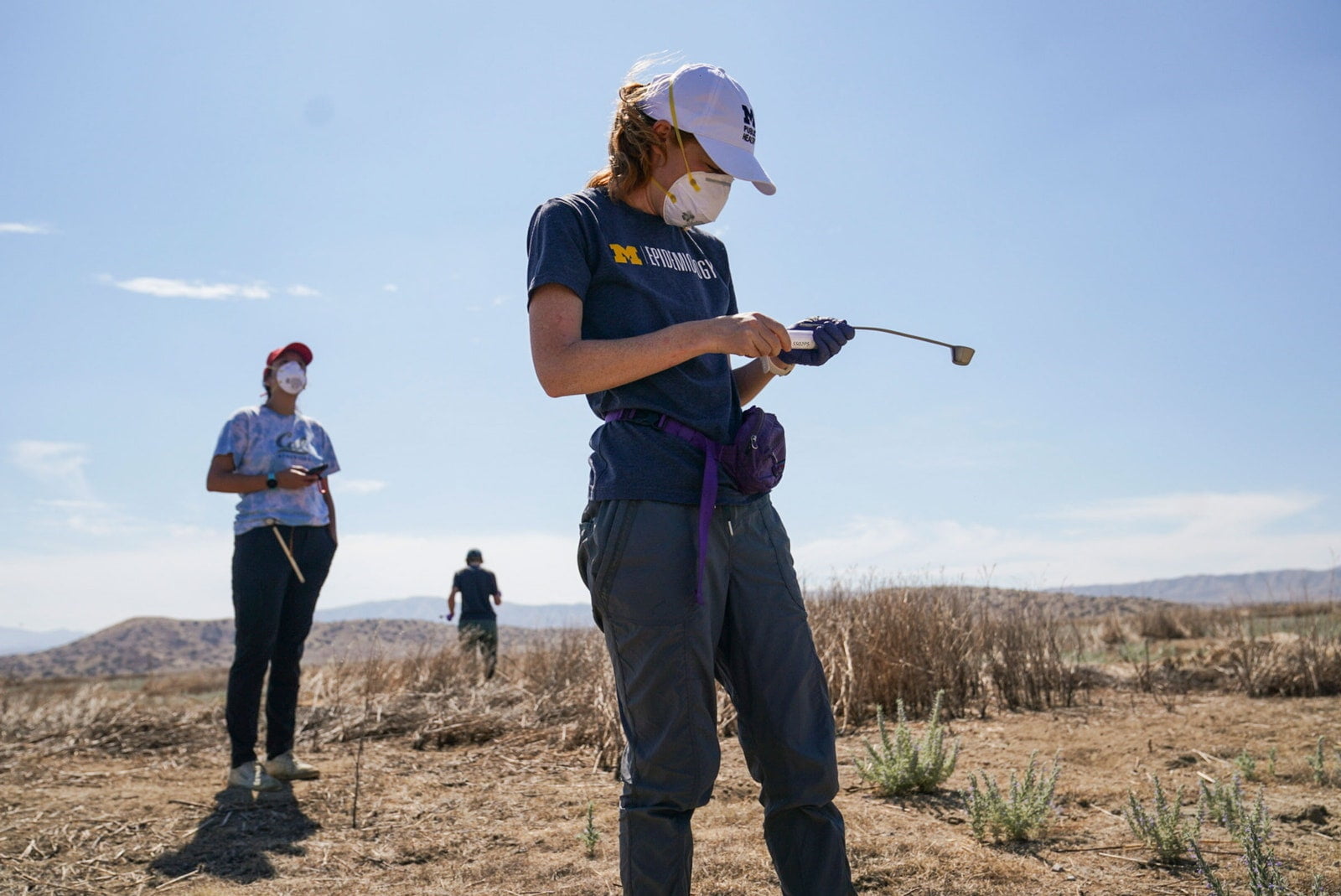
In Short
- Changes in california’s soil, influenced by climate change, could intensify the spread of valley fever.
- The fungal illness poses a significant risk to public health, with cases already on the rise.
TFD – Discover the looming threat to public health as California’s soil changes due to climate shifts, potentially worsening the valley fever epidemic.
This story originally appeared on Grist and is part of the Climate Desk collaboration.
Trillions of gallons of water were released onto California last week as a result of a long, narrow portion of the Earth’s atmosphere funneling water from the Pacific tropics eastward. 800,000 people lost power as a result of this atmospheric river-related weather event, which smashed records for rainfall and dropped more than a foot of rain in certain areas of the state. Nine persons have lost their lives in auto accidents or as a result of falling trees. However, it can take months to fully feel the effects of the storm on health.
Coccidioidomycosis, also known as valley fever, is a deadly fungal illness that is becoming more widespread in California due to flooding brought on by stronger winter rainstorms. Hydroclimate whiplash, according to climate scientist Daniel Swain of the University of California, Los Angeles, is defined as increasingly large swings between extremely wet and severely dry circumstances. It’s getting harder for humans to adjust to this new rhythm. But according to Swain, fungi are doing well. “Valley fever is going to become an increasingly big story,” he continued.
California saw nine consecutive atmospheric rivers last year, which pounded the state and resulted in extensive, record-breaking flooding. This prompted cases of valley fever to break records. The California Department of Public Health released a caution to healthcare providers last month, stating that the department has reported 9,280 new cases of valley fever with starting dates in 2023, the largest number ever. In a statement provided to Grist, the California Department of Public Health said that last year’s climate and disease pattern indicate that there could be “an increased risk of valley fever in California in 2024.”
The University of California, Los Angeles’ Shangxin Yang, a clinical microbiologist, described the data as “astonishing.” In our lab, we noticed maybe one or two cases every month about fifteen years ago. There are now two or three cases per week.
Spores from a fungus called Coccidioides are the source of valley fever, which got its name from the San Joaquin Valley in California, where the disease was first found in farmworkers in the late 1800s. The spores can seriously injure people and certain animal species, such as dogs, when breathed. Extremes in climate can particularly affect the fungus. In the US, coccidioides cannot tolerate prolonged droughts or grow in areas with year-round rainfall.

The very kind of rain-drought cycle that California is experiencing is what the spores truly adore. California was experiencing a long-term drought trend until this year’s spate of atmospheric rivers broke the drought; the two decades from 2000 to 2021 were the driest in the Southwest in twelve centuries. Climate models predict the Golden State will endure more droughts in the future. Rising global temperatures fuel dry conditions by sucking moisture out of the soil and depleting California’s water reserves. Meanwhile, the warmer atmosphere is also supercharging atmospheric rivers as they move from the tropics to the West Coast, causing the “rivers in the sky” to unleash more rain than they would on a planet untouched by human-made warming.
Coccidioides thrives when there is a fluctuation between extremely dry and extremely wet conditions. Soil is colonized by fungal flushes that occur after rainy events. When the earth dries out, an earthquake, a bulldozer, a rake, a hiking boot, or even a strong wind can carry the invisible spores out of the ground. When those flying spores land in soil, they begin to reproduce. If they’re sucked through an open mouth or nostril, they colonize the lungs.
The human immune system’s potency determines how quickly the disease progresses: Sixty percent of those who get valley fever will never know they came into contact with lethal spores since their immune systems are strong enough to fight off the fungus quickly. But quashing valley fever isn’t always a given, even for healthy individuals. The illness disproportionately affects Native Americans, Black people, Filipinos, Latinos, and expectant mothers for unknown causes, which medical professionals are still trying to figure out.
Valley fever is characterized by symptoms that resemble those of Covid-19, a condition that it is frequently mistaken for. These symptoms include fever, headache, and cough. The illness may progress beyond its early phase and develop into a chronic condition causing a severe cough, chest pain, weight loss, pneumonia, and lung nodules if the immune system is unable to fight off the Coccidioides spores. This stage, known as disseminated valley fever, can also cause skin lesions and ulcers, swollen joints, meningitis—swelling of the membranes surrounding the spinal cord and brain—and even death. Between 1 and 5 percent of valley fever cases reach the disseminated stage. Antifungal medications can help hold valley fever at bay, but recovery ultimately depends on the individual’s immunological defenses. There is no

There is proof that Coccidioides is already profiting from the US’s warmer climate. According to the Centers for Disease Control and Prevention, the number of cases of valley fever in the United States increased by 780 percent from 2,271 in 1998 to 20,003 in 2019. Cases increased 600% in Arizona, the state where two thirds of valley fever diagnoses usually occur. However, in recent years, Coccidioides spores have spread to formerly uninhabited areas, including the drier parts of Oregon and Washington state, as well as Southern and Northern California. The rate of growth of valley fever in California is higher than in Arizona; cases there rose more than 1,000 percent over the same time period. “What kind of disease do you see a 1,000 percent increase in a matter
A portion of these instances may be linked to rising public awareness of the illness and a corresponding rise in its testing. However, scientists told Grist that testing rates by themselves cannot account for the magnitude of the surge. According to study, valley fever is being amplified by climate change, and the spores are spreading more easily because of stronger atmospheric rivers, which provide around half of the West Coast’s yearly water supply.
What happens to the state’s soil in the upcoming years will have a significant impact on the extent of valley fever in California. “There isn’t a problem because many areas with valley fever fungal blooms never get disturbed,” stated California State University Bakersfield environmental scientist Antje Lauer. Housing and energy infrastructure and other landscape-level changes kick up soil and produce dust. She worries that as developers build more infrastructure and expand into virgin areas of the state, and as climate change creates ever more convenient conditions for Coccidioides, valley fever will pose an increasingly profound threat to public health. Last year was a harbinger of things to come, Lauer said. “We will see more cases.”
Conclusion
The connection between California’s soil conditions and the spread of valley fever underscores the urgency of addressing climate change to protect public health. As climate shifts continue, proactive measures are crucial in mitigating the impact of this deadly fungal illness.
Connect with us for the Latest, Current, and Breaking News news updates and videos from thefoxdaily.com. The most recent news in the United States, around the world , in business, opinion, technology, politics, and sports, follow Thefoxdaily on X, Facebook, and Instagram .
